Check out how our global energy system has evolved (Part 1)
By Adriaan KampWe live in interesting times. Our world civilisation is experiencing an accelerating and dynamic change. Through technology, through innovation and through social changes.
Our world is under rapid construction and development, with new wealth and wealth distribution being created, every day, and in an unprecedented speed.
Over the coming two to three decades some 3 billion people in Asia, Middle-East & Africa, Latin-America will join the new global middle-class and are prognosed to enjoy the same consumption patterns in their homes, in their offices and in their transportation now so much taken for granted in the OECD and upper middle class families in the emerging and developing nations.
By the mid of the century, we expect we will be living with 9 billion people - sharing one planet.
Energy is vital and essential to modern day life. In fact, the wealthier you get, the more energy you are likely to use. I guess that feels logical.
Now, if all people on this planet were to consume fossil (oil, gas, coal) fuel energy in the same way as people do in the West, we would be in trouble, as we would need Five planets to fuel these resources. The present trend is exactly that.
So how are we going to do this: having only one planet to share and ideally staying out of trouble?
Well, and to start - the countries presently, and very simplified, divide themselves in resource1 rich (exporting) countries or in energy (poor, importing) countries.
So, this creates a world picture in Five (Energy) Clusters:
1. OECD, or the West- The high consumers of the past, present and perhaps the future
2. China, and BRICS- The new party in town
3. Saudi and OPEC/ Russia and Gaspec- The oil and Gas “cursed” nations
4. India and leading emerging nations- Ready to join
5. The Very poor- How can we join?
These clusters have all their own pattern of energy behavior and politics. Their own needs.
With the present rate of energy demand growth and the present pattern of energy use2, we are presently heading to double our world energy consumption over the coming 12-15 years.
That’s a lot.
To say it differently: We are going to expand our world energy system by a factor two over the coming 12-15 years. A system which has been evolved and built over the last 150 years!
That’s quite an acceleration.
So with this expectation, we may soon see the world energy system run against triple-A limits (affordability, availability, acceptability) or may become unstable (price volatilities, market swings, security or unrest, etc.).
That doesn’t feel good. Does it?
_________________________________
1In this respect: oil and/or gas reserves
22011 BP Statistical Review of World Energy. Present Rate of world energy growth (fossil and non-fossil) is 6% per annum.




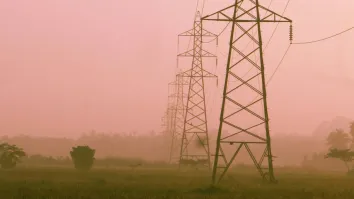
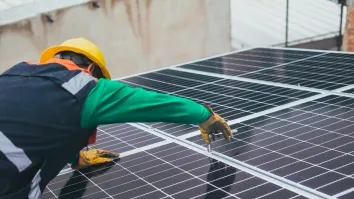






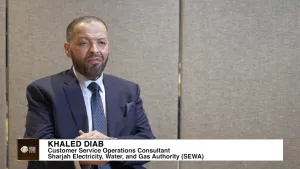




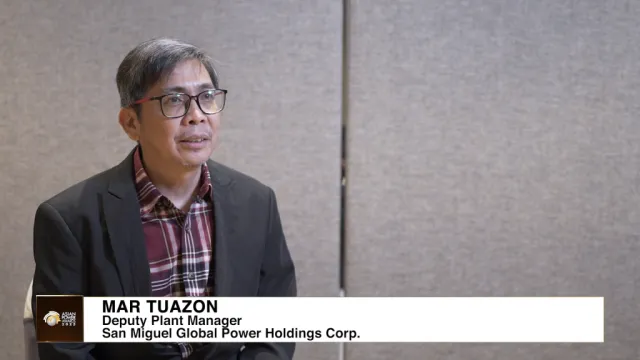
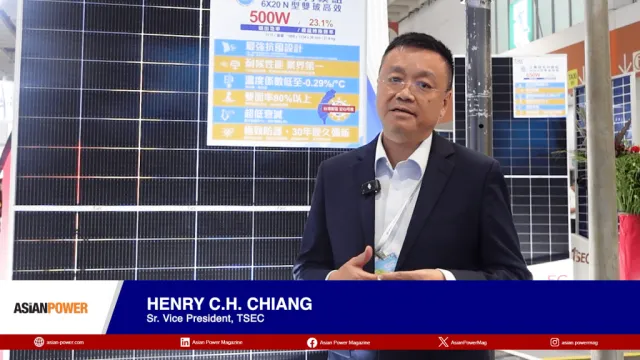

 Advertise
Advertise








